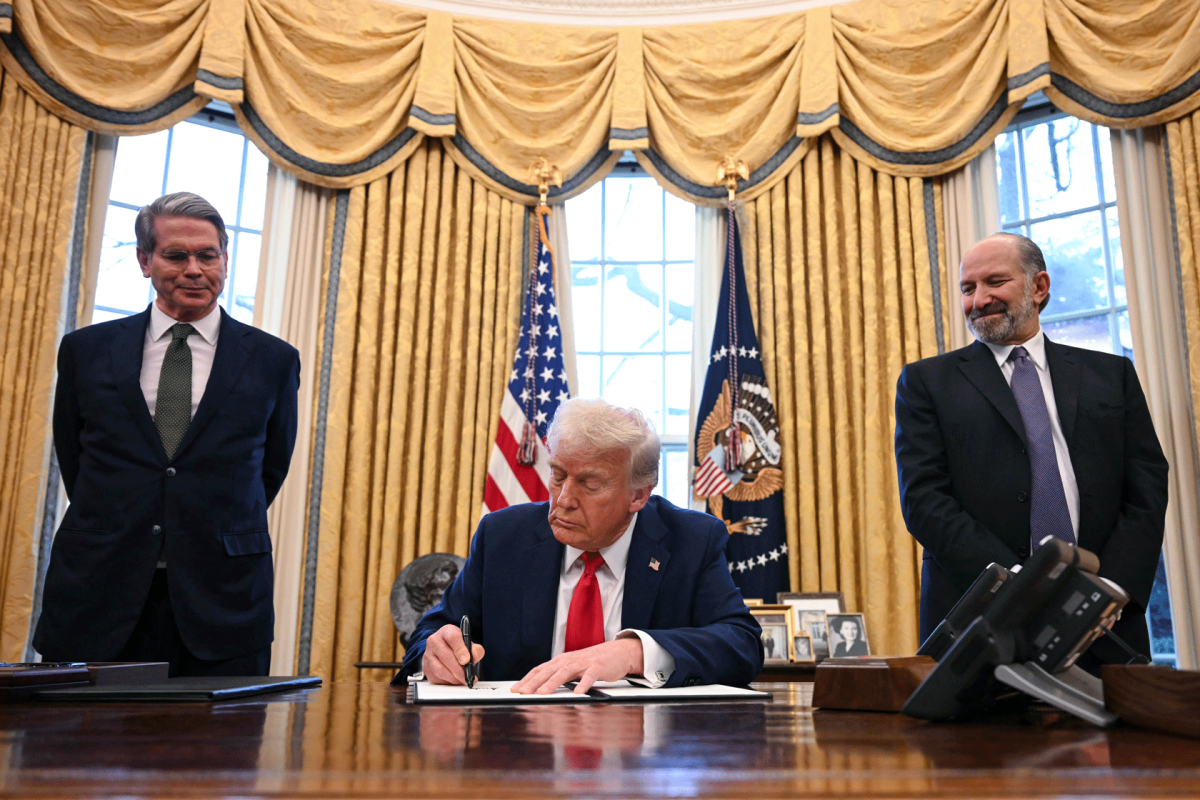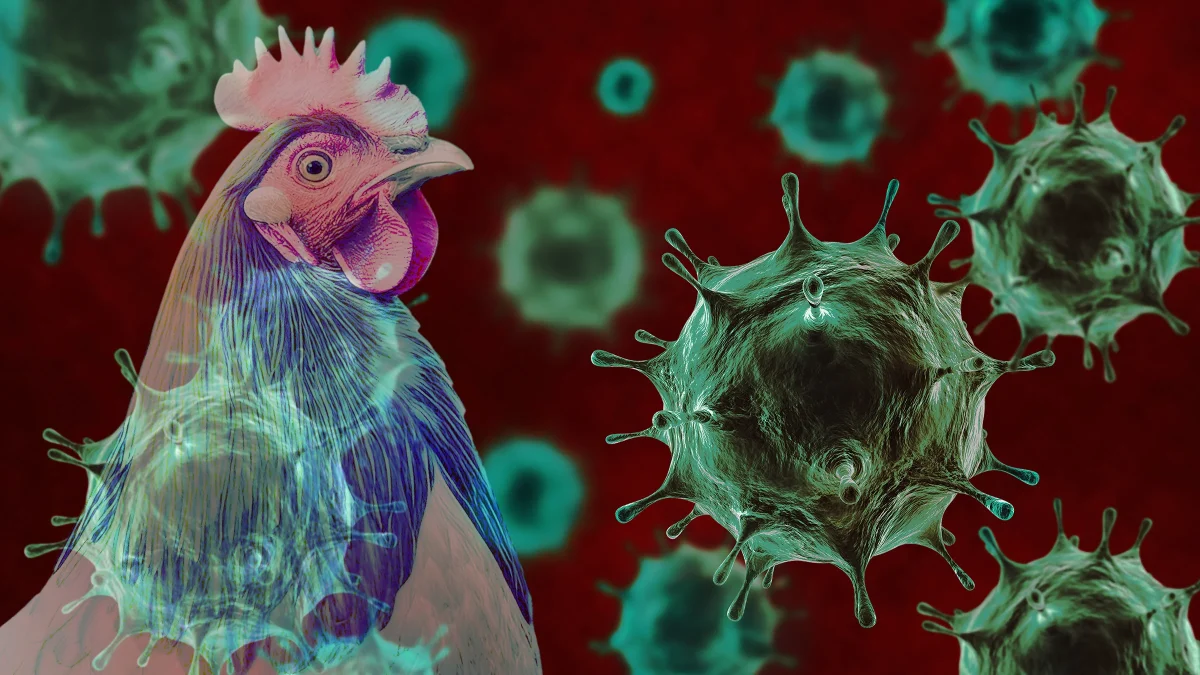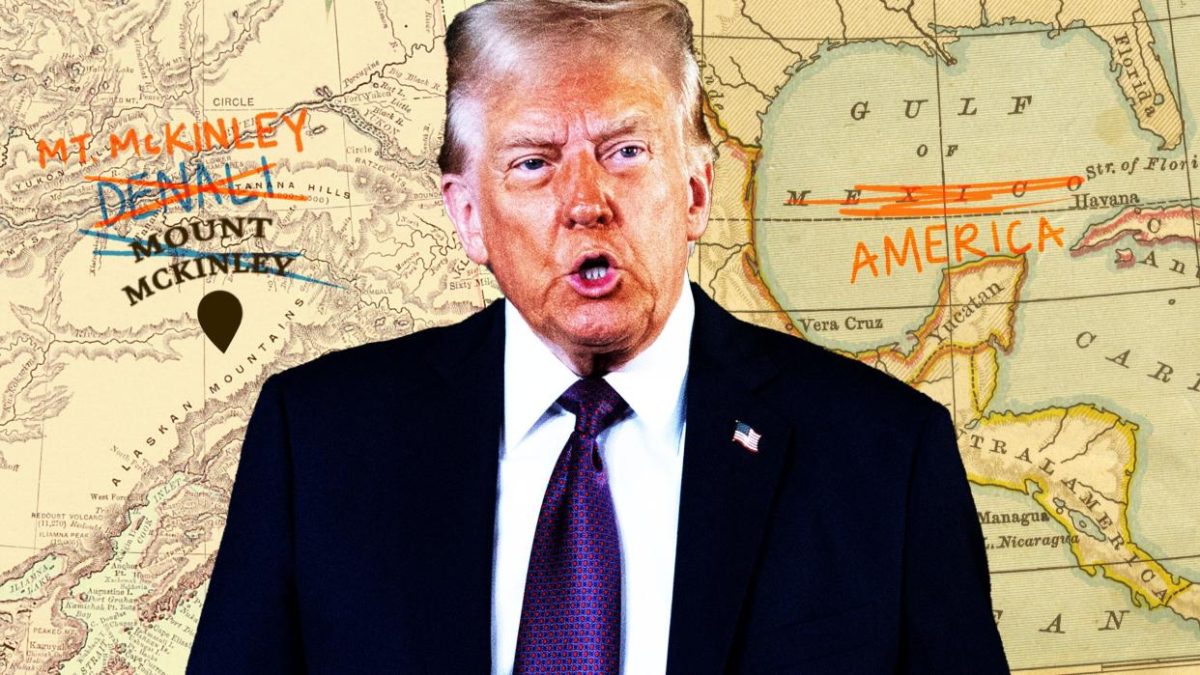By Neil Sehgal and Dante Sudilovsky
You have been at US for over now. What has your experience been like so far?
Overall, it has been a very positive experience for me. I’ve always enjoyed teaching and being able to forge relationships with people that I’m teaching. I like it because it allows me to understand their perspective a little more and hopefully if we have a good relationship, it also helps them become more interested in the field and not just view it as a super dry subject that comes out of a textbook. Also, the students have been wonderful, the faculty has been wonderful, and the staff has been wonderful so overall it’s been a really great experience. One of my favorite parts of it all has been my renewed interest in the fundamental aspects of chemistry. Seeing the level of interest that a lot of the students have kind of reinforces why I found it so interesting in the first place. And also, it reinvigorates me to enjoy that teaching interaction because it’s nice to be able to show students something that they maybe hadn’t thought about before.
You’re teaching a new class this year. Can you tell me about it?
The class is a fundamentals of materials class. The major idea is that we start off by trying to investigate a structure-property relationship of materials. We are trying to look at the properties that materials have on a macro scale such as mechanical strength and chemical degradability and then relate these back to what that material looks like on an atomic or molecular level and then try to cross the bridge on how the atomic or molecular structure leads to the macro scale properties. I think material sciences is very application based in general. It’s what happens if you take physics and chemistry and combine them, but only towards applied applications. It’s a very engineering based discipline. You end up making a lot of different things and by making things it helps us study them. So far this year, we have grown different crystals, we’ve done a little work with welding, we’re going to do some work on making some basic 3-D cell scaffolds that would be similar to what you would have for tissue engineering applications. And then, the most ambitious project is to build a refractory on campus so that we could cast our own metal and try to ultimately understand the process that you go through by smelting a metal and casting it to recover a shiny, new piece of metal.
What exactly is a refractory?
A refractory is just something that allows you to move a metal above its melting point to completely destroy its crystal structure. You heat it above the melting point so that all of the crystal structure disappears and allows it to flow and it allows you to cast it. Casting is the process in which you pour the metal into a mold and then let it harden into whatever shape you want. Traditionally, this has been used for everything from casting plows to casting rifle barrels. Ultimately, we just want to mimic that process and see how that helps us understand the phase transitions that exist in the metals and how we can use that to our advantage to make different materials.
How did you get the necessary approval to build this?
We are still very much in the planning stage. At this point, we have a preliminary green light from the administration and from the department to start planning out what this will really look like. But we are not 100% sure that we will be able to get approval from Hunting Valley. So we’re still sort of in the preliminary planning stages. First, we’re figuring out what the materials will be, where can we get them, how can we actually run this into a functional thing, and then we can really start to look into talking to the fire marshal or some other Hunting Valley officials to make sure that everything is going by the book.
How did you figure out how to build a refractory?
A really nice thing we have here is the art faculty we have here. It’s really great because Mr. Brodie does have a familiarity with it. The nice thing is he and I have complimentary sets of information on this. So he’s done a lot of the hands on work about how to put these things together and how to make sure its functional and safe and I have done a lot of the work on what compositions you need to have for different metals to get a certain alloy and other things like that on the purely chemistry side. Once aspect that I think is the most promising for us is that this technology has actually been around for quite a while. People have been able to do things like this on a small scale for a decent amount of history. So ultimate what we are trying to do is just replicate that on a smaller scale.
Can you give a clickbait title for this article?
You wont believe the clickbait title Dr. Dyke came up with for this interview.
This interview has been edited and condensed.






